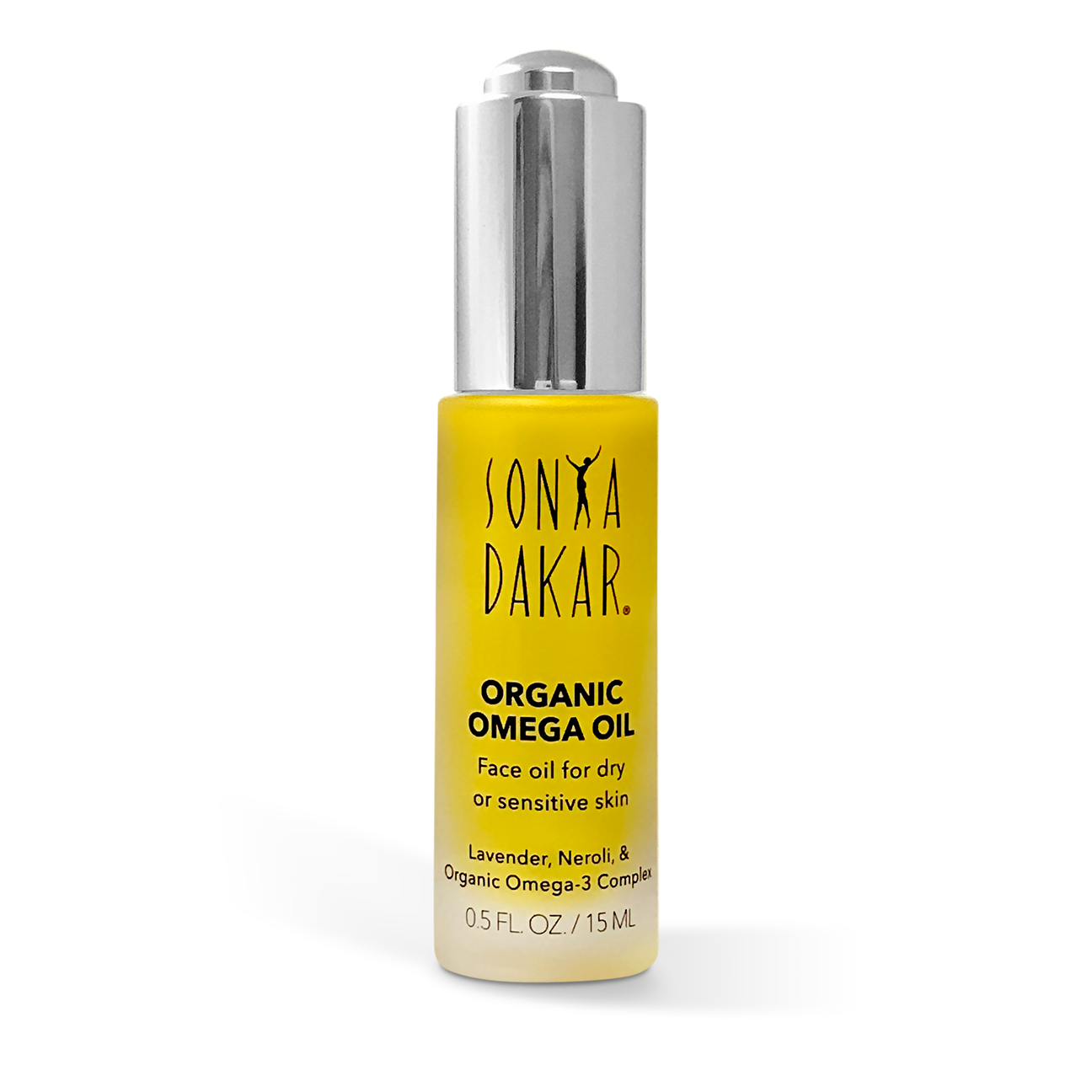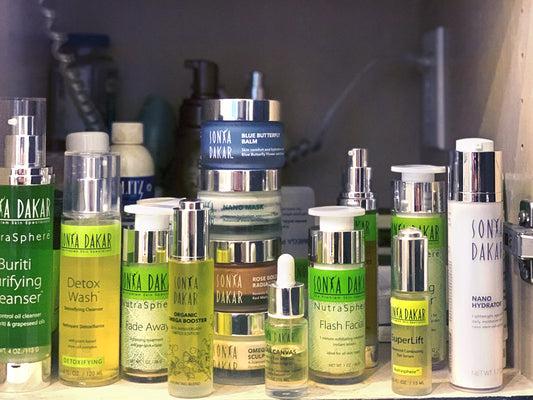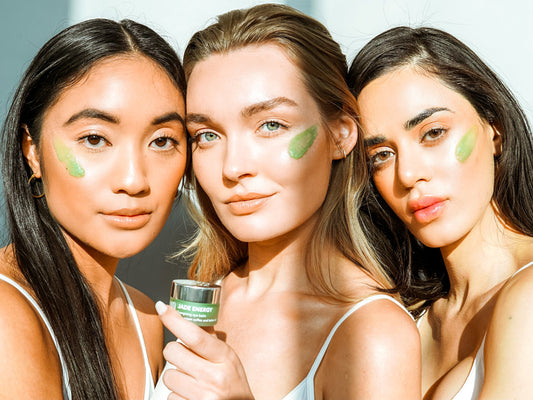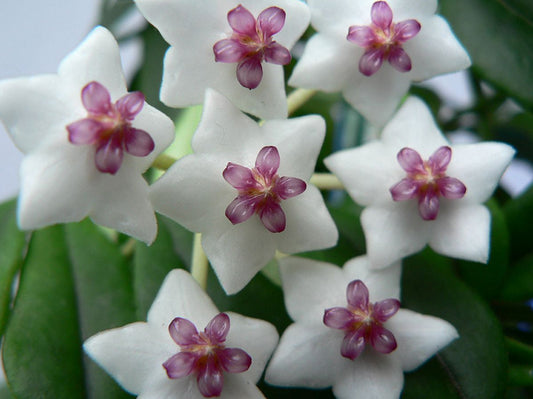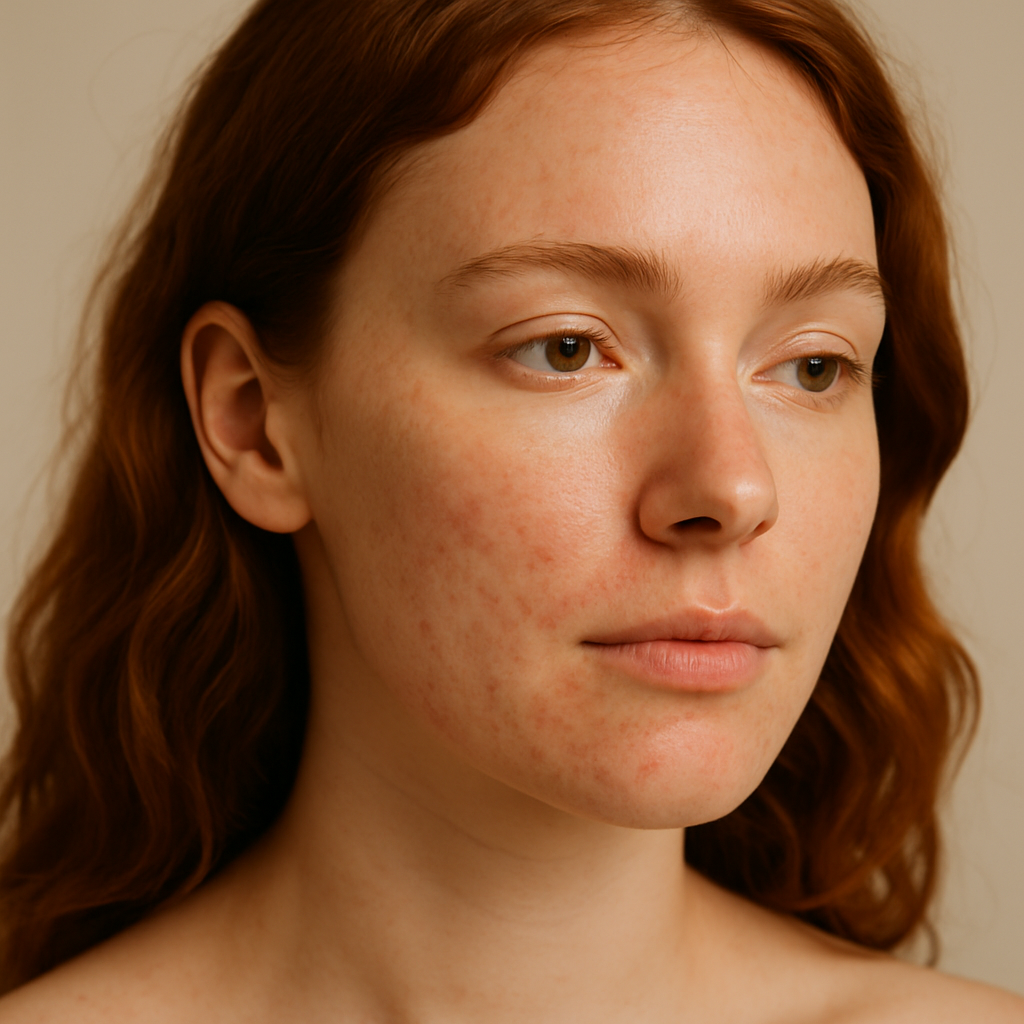
Perioral Dermatitis: What It Is, What Triggers It, and How to Treat It Naturally
Red bumps around your mouth that won’t go away? It could be perioral dermatitis. This skin condition is often mistaken for acne or eczema, but it requires a completely different approach. Treating it incorrectly can make it worse. Fast.
This guide is for anyone newly diagnosed or stuck in a cycle of recurring flare-ups. We’ll break down what causes it, how to calm it, and which skincare ingredients make it worse. Most importantly, we’ll show you exactly what to use—and what to stop using—to get your skin back under control.
According to the American Academy of Dermatology, perioral dermatitis is a common inflammatory condition that tends to affect women more than men, especially between ages 20 and 45.
What Is Perioral Dermatitis?
Perioral dermatitis is a red, bumpy rash that typically appears around the mouth, chin, and nose. Sometimes, it also affects the eyes (called periorbital dermatitis). It can look like clusters of small pimples or red, dry patches. Burning and stinging are also common.
Unlike acne, perioral dermatitis doesn’t usually have blackheads. And unlike eczema, it doesn’t respond well to steroid creams. In fact, steroids often make it worse.
It’s caused by inflammation of the skin’s barrier and microbiome. Triggers vary, but most cases stem from overuse of skincare, irritants, and hormonal fluctuations.
Common Triggers You Need to Eliminate
Start by removing known irritants. You can’t heal perioral dermatitis without stopping what’s causing it.
PD Trigger Checklist
🚫 Eliminate These ASAP:
- Fluoride toothpaste
- Topical steroids
- Sulfates or foaming cleansers
- Occlusive creams
- Frequent product switching
- Synthetic fragrance
💡 Tip: Healing starts when you stop overwhelming your skin.
Also pay attention to hormonal cycles, stress levels, and seasonal transitions. Perioral dermatitis often flares during times of internal or external change.
Ingredients to Avoid With Perioral Dermatitis
The wrong ingredients can sabotage your recovery. Check your product labels and remove anything that includes:
- Alcohol (often in toners or acne treatments)
- Synthetic fragrance
- Retinoids or chemical exfoliants (glycolic, salicylic)
- Coconut oil and lanolin (can clog pores in sensitive areas)
- Silicones and waxes (trap bacteria and moisture)
If your skincare feels tingly, tight, or overly dewy—it’s likely not helping. Stick to calm, simple, non-comedogenic formulas.
Daily Skincare Routine to Soothe PD-Prone Skin
A minimalist routine is key. Overdoing it will only inflame your skin further.
-
Cleanse gently.
Use a non-foaming, fragrance-free cleanser. Wash only with lukewarm water. Avoid scrubbing or using washcloths. -
Hydrate with barrier-supporting ingredients.
Choose a moisturizer with calming botanicals and anti-inflammatory compounds. -
Skip harsh actives and SPF during flare-ups.
If sunscreen is needed, opt for zinc-only mineral formulas. Avoid anything heavy or tinted during active breakouts. -
Use products designed for skin barrier repair.
Look for formulas that replenish lipids and calm inflammation—more on that below.
"Perioral dermatitis responds best to simplicity. Strip your routine down, support the skin barrier, and stop chasing quick fixes."
— Sonya Dakar, Licensed Esthetician & Renowned Skin Expert
Best Skincare Products for Perioral Dermatitis Relief
These five products are all free from synthetic fragrance, harsh actives, and known irritants. Each one was developed to calm inflammation, rebuild the skin barrier, and support microbiome health.
A gentle daily cleanser that refreshes even the most sensitive skin.
A daily treatment cream designed to strengthen your skin’s defenses. Formulated with green tea polyphenols, chlorophyll, and anti-inflammatory botanicals, it calms red, reactive skin and helps prevent future flare-ups. Apply twice daily after cleansing.
A must for weekly flare-up control. This soothing treatment mask uses azulene, arnica, and aloe to reduce visible irritation within minutes. Unlike clay masks, it doesn’t dry or tighten. Use 2–3 times a week as a calming reset.
Don’t fear oil—this blend of organic flax, borage, and grape seed oils delivers omega-3s to support skin renewal without clogging pores. It also helps lock in moisture and reduce sensitivity. Use a few drops at night or mix into your moisturizer.
An intensive calming balm packed with anti-inflammatory botanicals. Ideal for targeted areas—corners of the mouth, chin, or nose folds. Its rich texture provides relief without suffocating skin. Use sparingly as needed.
Formulated with lactic acid and hyaluronic acid, this gentle overnight treatment supports skin renewal without triggering irritation or flaking. Use it 1–2 nights a week once your skin has calmed. Helps reduce post-flare discoloration.
Lifestyle Changes That Speed Healing
Skincare alone isn’t enough. Make these changes to support skin recovery:
- Stop over-cleansing. Once or twice daily is enough.
- Keep your hands off your face. Touching spreads bacteria and triggers flare-ups.
- Swap to non-toxic laundry detergents. Residue can irritate your skin.
- Sleep on clean, cotton pillowcases. Change them every few days.
- Avoid licking your lips or the surrounding skin. Saliva irritates.
- Lower stress levels. Try meditation, walking, or simply better sleep. Stress weakens the skin barrier and delays healing.
How Long Does Perioral Dermatitis Last?
Left untreated, PD can last for months. But with the right care, many people see improvement in 1–2 weeks. Full recovery typically takes 6 to 12 weeks.
This condition responds well to consistent, gentle skincare. With proper maintenance and the right home care products, flare-ups can be shortened and future recurrences prevented. A well-supported skin barrier is your best defense.
Consistency is everything. Don’t introduce new products too quickly. Keep your skincare simple and stick to what works.
Even after it clears, maintain your routine. Skin affected by PD remains sensitive and prone to relapse without ongoing barrier support.
Final Tips and Takeaways
- Simplify your skincare. Less is more.
- Stop using topical steroids.
- Ditch toothpaste with fluoride.
- Avoid fragrance, exfoliants, and pore-blockers.
- Use barrier-repair products daily.
- Support your skin from the inside out: hydrate, rest, and reduce stress.
For lasting relief, make barrier care part of your routine—not just a temporary fix.
